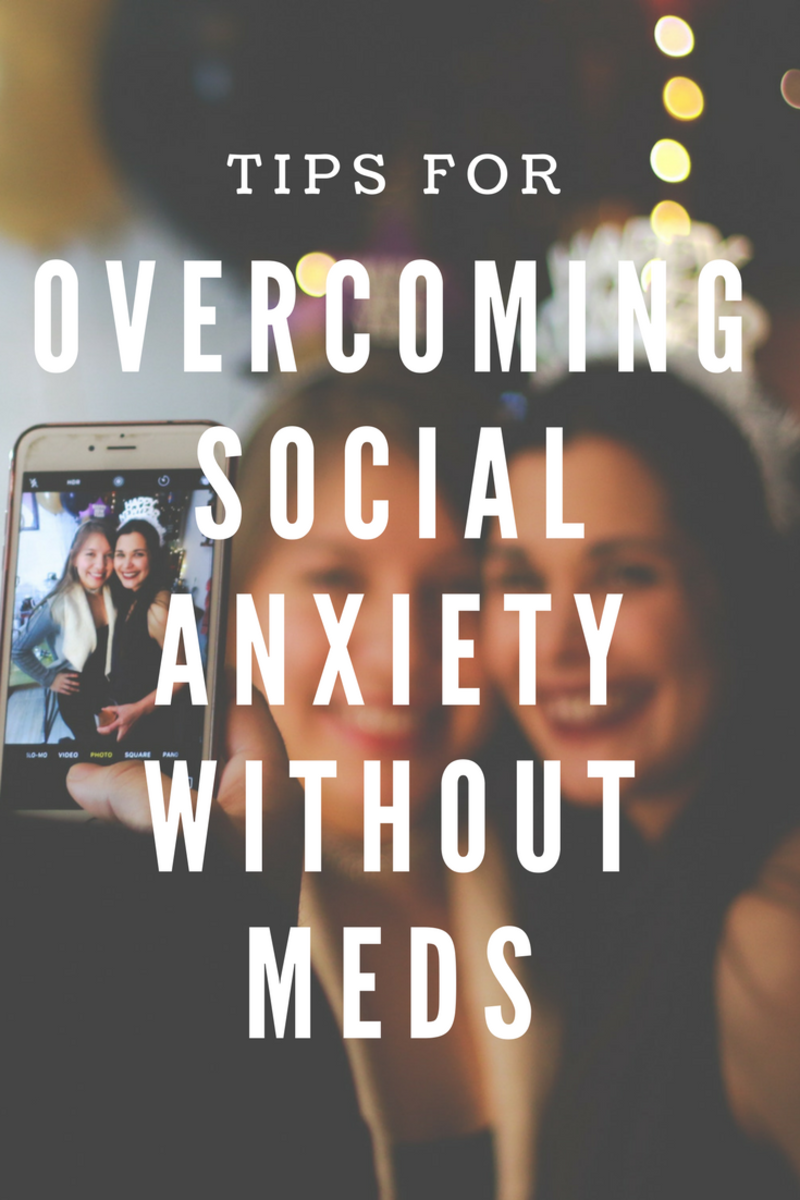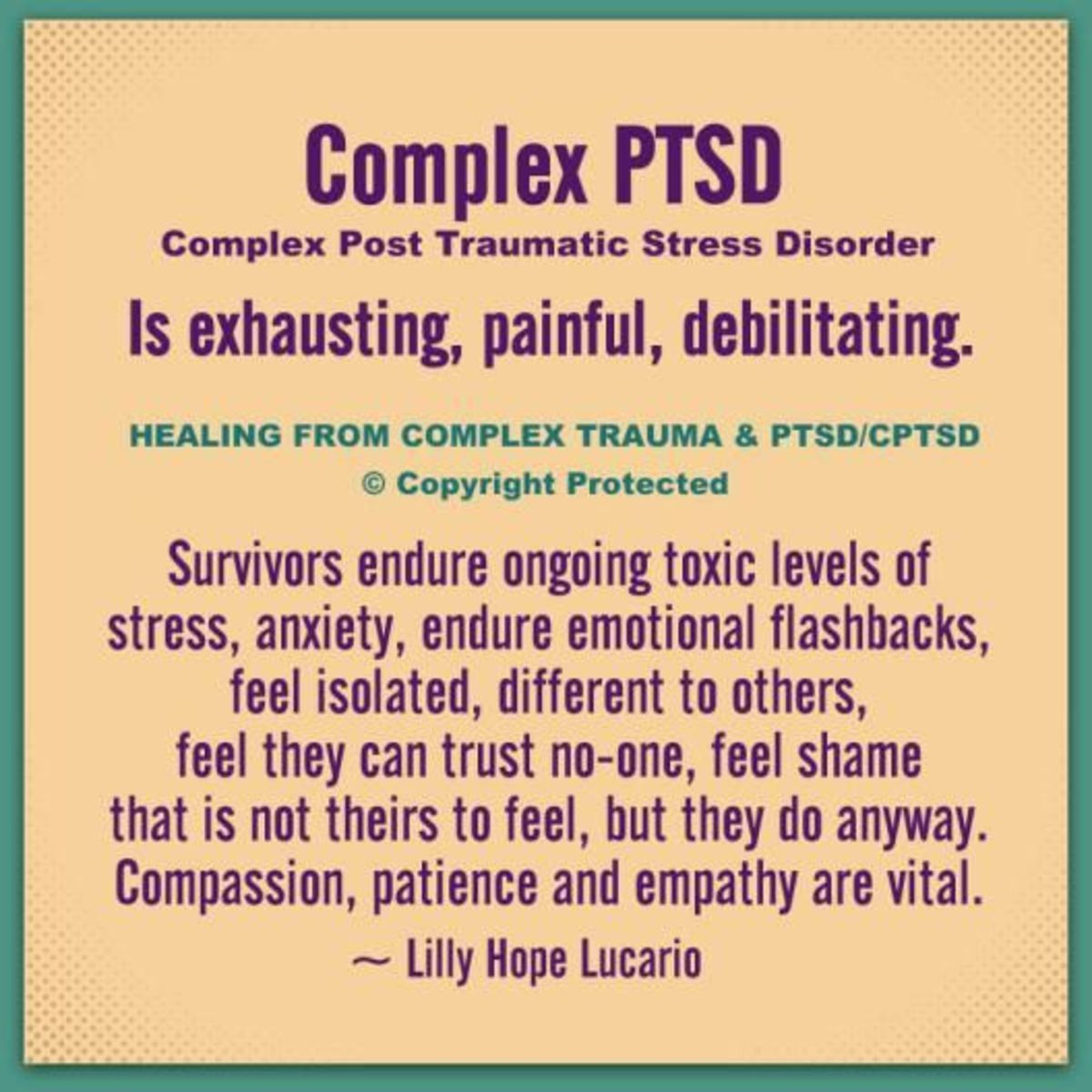GAD- Generalized Anxiety Disorder

Clinical Approaches and History
Generalized anxiety disorder (GAD) is characterized by excessive worry and anxiety that are difficult to control, cause significant distress and impairment, and occur on more days than not for at least six months
Those suffering from panic attacks, obsessive thoughts or unrelenting worries, even phobias may be dealing with a type of anxiety disorder. There are various types of approaches available as treatment options for generalized anxiety disorder that range from clinical to cognitive behavior to humanistic and others.
Generalized anxiety disorder has been called the ‘basic’ anxiety disorder in the sense that generalized anxiety is a component of other anxiety disorders.
Cognitive Behavioral Therapy (CBT)
Premise: thoughts, not external events affect the way we feel. Situation doesn’t determine how you feel, you do.
Those seeking tend to be highly motivated & value a problem-solving approach. CBT suggests that the patient learn the skills of self-observation and becoming a personal scientist, cognitive and behavioral coping skills, and to repeatedly practice the skills in anxiety-provoking contexts outside of the therapy setting
Cognitive behavioral therapy can be used as a dual therapy. The cognitive process examines how negative thoughts contribute to anxiety. The behavior process examines how an individual behaves and or reacts in situations that trigger anxious feelings. There is a rising awareness that the aim of treating GAD should not only be the response but restoring normal function.
Cognitive behavioral therapy is a short term treatment that takes a hands on approach to resolving GAD. By changing the thinking pattern, behavior follows and vice versa. CBT is used for a wide range of conditions not just generalized anxiety disorder. CBT proposes alternative principles for the individual to apply as needed.
CBT started around the 60’s when Aaron Beck realized that his patients were talking to him externally and themselves internally. He called it ‘internal dialogue’. Beck came to understand that the connection between thoughts and feelings were significant. He called these ‘automatic thoughts’. People aren’t always aware of these thoughts but could potentially be taught to recognize them, leaving the individual more in control.
Psychodynamic Therapy
In psychodynamic approaches to GAD, treatment focuses upon nucleus conflicting relationship themes. Importance is placed upon a positive therapeutic union to provide a remedial emotional experience to offset insecure attachment.
The main theory of psychodynamic theory is that forces in the unconscious (likely related to past) can influence the way we experience the world, this often leading to anxiety. There is less research available to support any virtual comparisons or such but not because of ineffectiveness but an inability to compare with CBT. Psychodynamic therapy also uses talk therapy but it can be combined with medication.
The origins of psychodynamic therapy date back to the infamous Freud. The science of psychodynamic lacks in comparison to contemporary cognitive behavioral therapy. The theory supporting psychodynamic therapy originated in and is informed by psychoanalytic theory. There are four major schools of psychoanalytic theory, each of which has influenced psychodynamic therapy. Psychodynamic therapy assumes that human personality is shaped by numerous developmental stages. What happens when we are infants, children, adolescents, and young adults affects the way we see the world, the types of relationships that we have and the way we feel about ourselves in relation to others. Therefore, this therapist will try to comprehend anxious feelings in the context of who you are as an individual, including family history and upbringing.
Humanistic Approach
The goal of a humanistic therapy is to encourage social/emotional maturity and growth. By helping patients to restart derailed developmental processes in a healthy direction; patients are helped to grow up and out of the immature mental and emotional states that cause them to be in pain themselves and to inflict pain upon others.
Humanistic approach represents a combination of theories. This is form of treatment is unique that it caters to the patient, situation and other a number of other factors. The humanistic approach however, could take longer to treat because it is more in depth due to client centered treating.
Humanistic therapy techniques introduced late to the game of psychology in the 1950’s and 60’s, the humanist approach to therapy was a bleak and innovative contrast to the widespread passive-patient, disease-centric view of mental illness. The basic motivating idea behind the humanistic approach was that patients were active and responsible people who are facilitators in creating or at least in maintaining the anxiety driven states. As active participants in maintaining their own problems, patients can chose to unwrap some or all of the problems under the right conditions. Because the humanists sees patients as active and powerful creators and maintainers of problems rather than as passive victims of those problems, they necessarily took a different approach to therapy than previous therapists. The goal of the humanistic therapy is to set up the conditions that would enable patients to choose to help themselves, rather than to require a doctor to administer interventions. This therapy is person-centered, acknowledging the power of the individual in therapy to choose change or not, rather than technique-centered. The humanistic therapy focuses more on helping patients to achieve better general mental health and wellness states and less on removing specific mental illnesses per say.
Family Systems
Goals: to include improved communication among family members and de- emphasis on the issue of any person which could be a trigger or etiology to anxious feelings as a unit. Therapists may seek to involve members outside the family as well, if pertain to case.
Anxiety is usually defined as the response of the organism to real or imagined threat. Clinical experience at different levels of differentiation of self suggests that anxiety is so continuously present in life. This is so much true of the individual’s and family’s patterns as to be stimulated in other ways as well. Anxiety can simply be “caught” from others even though there is no threat or imagined threat situation.
The family systems approach was introduced in effort to overcome limits of other theories attempting to work solely with the identified individual. Family systems emerged from research and treatment geared to address problems linked to interpersonal communications.
There are many variations to each of these four theories found with individual professions. The best form of treating GAD and any other mental health condition is to infer, research and discover through multiple theories. No one theory alone has all the answers or is entirely valid and reliable. The better trained professional knows when to refer patients to other health professionals to rule out other possibilities causing GAD. The individual is also important because not everyone is the same, hence it is essential and vital to be informed of various theories of thought in order to properly treat persons coping with generalized anxiety disorder.
Best form of treatment is drawing ideas from many theories. Theories compliment each other and welcome professionals to utilize thoughts and ideas in combination to best treat patients.









